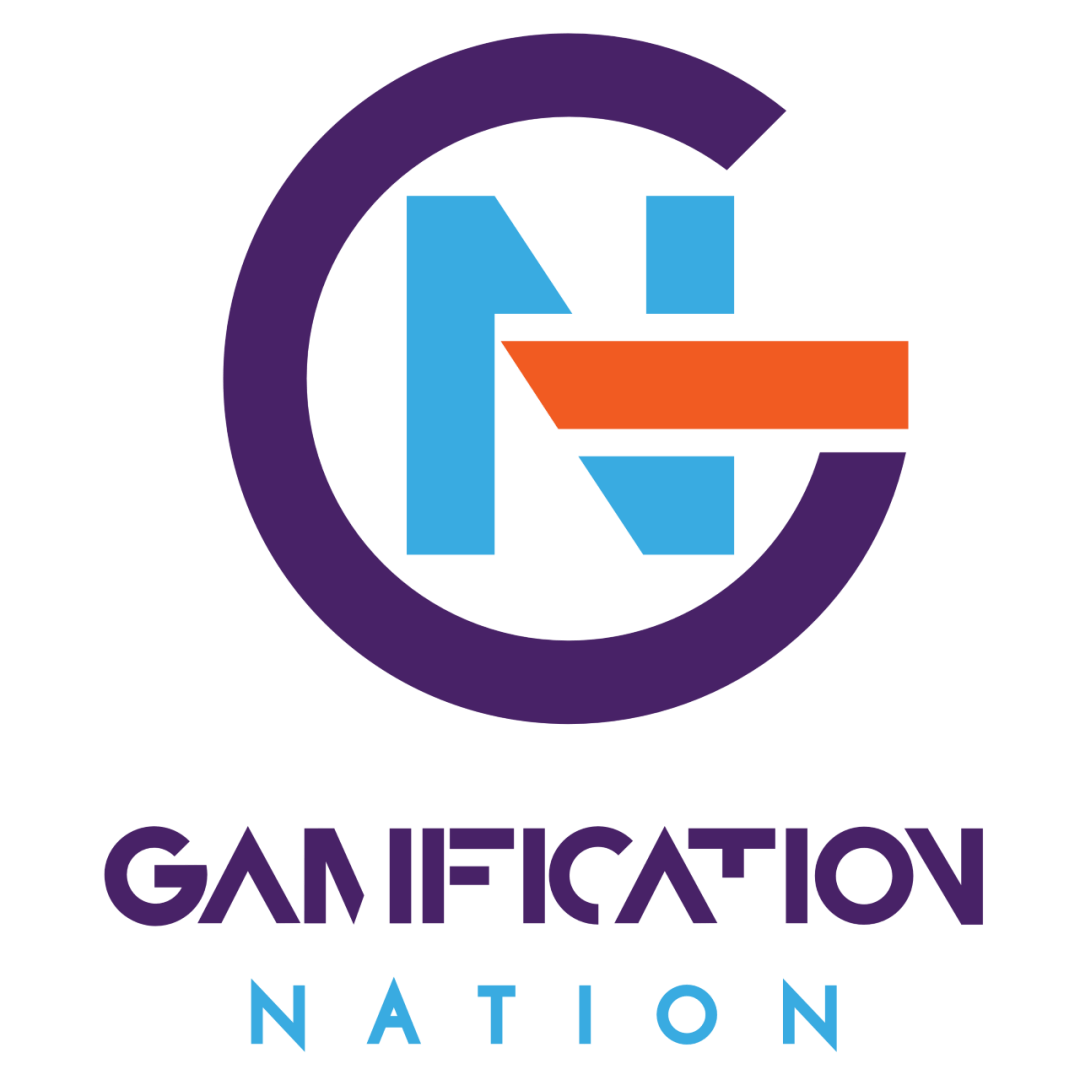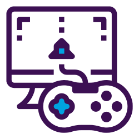I’ve seen firsthand how the corporate landscape is always searching for innovative ways to boost employee engagement and productivity. Gamification, when leveraged properly, can be a potent tool in this quest. Let me walk you through why and how the principles of gaming can breathe life into the workplace, especially for decision-makers in marketing, HR, recruitment, sales, and operations.
The cornerstone of gamification is psychology. I can tell you that understanding what motivates employees is essential. It’s not just about adding points or making things ‘fun’; it’s about tapping into the intrinsic and extrinsic motivators that drive people. These can range from the need for acknowledgment to the pursuit of mastery over a particular skill.
For those new to this concept, gamification involves applying game principles and design strategies in non-game contexts. It’s not about turning work itself into a game, but about using elements that make games engaging—goals, rules, feedback systems—to improve employee involvement and satisfaction.
Understanding the intricate role of psychology in gamification is pivotal for businesses aiming to harness this innovative strategy to boost engagement, productivity, and overall corporate growth. It’s not merely about incorporating game elements into the workplace; it’s fundamentally about tapping into the psychological underpinnings that drive human behaviour. This deep dive into psychology is essential for crafting gamification strategies that resonate with your target audience, capturing their attention, inspiring them, and, most crucially, engaging their imagination to be part of the game.
When I discuss the benefits of gamification with marketing professionals, they quickly see its potential to drive engagement and customer loyalty. HR leaders recognize its power to attract and retain top talent. Sales teams find it beneficial for boosting competitiveness, while operations managers use gamification to streamline processes. Properly designed, gamification aligns with the company’s goals and target outcomes while enhancing the employee experience.
The Importance of Psychological Insights
At the core of effective gamification is the understanding of motivational drivers. These are the forces that compel your employees or customers to pay attention, participate, and stay engaged. These drivers can vary widely among individuals, encompassing the desire for recognition, the pursuit of mastery, the need for connection, or the thrill of achievement. Understanding these motivators is crucial because it allows you to tailor your gamification strategy in a way that aligns with the intrinsic and extrinsic desires of your audience.
Capturing Attention through Psychology
What makes psychology so critical in gamification is its ability to reveal what captures the attention of your audience. In a world brimming with distractions, understanding psychological principles helps in designing gamification elements that stand out and draw in participation. For instance, the use of narrative and storytelling can transport users into a game world, making the experience memorable and engaging. Similarly, setting up challenges that are just beyond the current abilities of your users can inspire them to improve and achieve, tapping into the psychological concept of flow.
Addressing Fears and Apprehensions
Moreover, addressing the fears and apprehensions of your audience is another area where psychology plays a vital role. Gamification can provide a safe space for users to fail and learn from their mistakes without real-world repercussions, thereby reducing fear and encouraging experimentation. This aspect is particularly important in corporate settings, where fear of failure can significantly hinder innovation and growth.
The Timing of Engagement
The timing of introducing game elements is another crucial consideration guided by psychological insights. The question of when a user’s engagement or imagination is captured to become part of the game is vital. Introducing elements too early or too late in the user journey can lead to disengagement. Psychological principles can guide the design of onboarding processes within the game, ensuring that users feel welcomed, understand the value immediately, and see a clear path to participating in the game. This timing is crucial to transforming initial curiosity into lasting engagement.
Creating Deeper Connections
In essence, the integration of psychology into gamification strategies is about creating a deeper connection with your audience. It’s about understanding the human element—what drives people, what concerns them, and what keeps them engaged. This understanding leads to the creation of gamified experiences that are not only engaging and fun but also deeply resonant with the values and desires of your audience.
Driving Performance: Game Mechanics in Business Operations
What drives your team to achieve more? At Gamification Nation, we’ve seen firsthand that game mechanics like points, badges, and leaderboards do much more than just decorate a performance chart, when used appropriately. They tap into something deeper: the competitive drive and the desire for recognition that many employees thrive on. We use this understanding to transform mundane business tasks into engaging experiences.
Add game mechanics to corporate training and you’ll notice the difference. Engaging modules and progress-tracking elements not only make learning more enjoyable but also improve knowledge retention. They can turn the necessary upskilling into a sought-after challenge. Employees feel empowered as they master new skills and climb up the leaderboard, fostering a sense of achievement.
Real-world successes validate this approach. In sales, for instance, integrating gamification has resulted in measurable upticks in team performance. Sellers become players in a grander business game, where closing deals and meeting targets bring them immediate recognition alongside their standard commissions. It’s a win-win: businesses see their numbers soar, and sales teams engage in healthy competition.
Custom solutions are essential. Not all game mechanics suit every company. At Gamification Nation, we analyze and understand your company’s pulse to implement systems that resonate with your staff. Whether it’s to streamline complex workflows or to give a nudge towards productivity, our tailored approach ensures operational efficiency gains through gamification.
Enhancing Recruitment and Retention: Gamification as a HR Toolkit
Imagine you’re a top-notch talent in today’s market. You come across two job listings. One is a plain block of text with the usual suspects: responsibilities, requirements, and benefits. The other is interactive, challenging you to a problem-solving quest related to the role, with instant feedback on how you fare. Which one do you remember? Which company seems more inviting?
Today’s HR professionals have to be as innovative as marketers. In the quest to capture the attention of capable candidates, they are turning to gamification. It’s a potent strategy to make the recruitment process stand out. Solve puzzles to unlock more about the role, or complete a virtual challenge to ‘level up’ in the interview process. It’s engaging, innovative, and speaks to a generation weaned on interactive tech.

The power of gamification doesn’t stop at recruitment, though. It extends into the very fibers of employee engagement and retention. A point here for completing an e-learning module, a badge there for meeting a sales target, or a leaderboard that celebrates top performers. This isn’t just fun; it’s a language of recognition and progression that resonates in today’s workplace.
Consider the benefits of a gamified onboarding program. New hires are often awash in information, struggling to assimilate their new environment. Gamification can transform onboarding into an interactive experience. It aids in memory, motivates the new recruits, and fosters a sense of achievement from day one.
And there’s the ripple effect on company culture. Introducing elements of gameplay into everyday tasks can infuse a workplace with a new energy. It transcends teams and hierarchies, building a more cohesive and collaborative culture. This isn’t just about playing games at work; it’s about establishing an environment where employees are engaged, motivated, and loyal.
The ultimate goal of gamification isn’t just to attract and keep talent, but to create an environment where they can grow and thrive. Crafting career paths with gamification elements allows employees to drive their own development. Each level achieved is a step closer to mastery in their role—and in themselves.
Future-Proofing Your Strategy: The Evolution of Gamification
I understand you’re always looking for methods to stay competitive and forward-thinking in your field. Gamification isn’t a static field; it evolves with technology and societal shifts. As a decision-maker, embracing this dynamism is critical for the long-term success of your gamification strategies.
So let’s look forward. We’re already seeing the integration of advanced technology like artificial intelligence and machine learning in gamification. These tools can personalize experiences in real-time, adapting to individual performance and learning patterns. This level of personalization isn’t just nice to have; it’s increasingly expected by users.
But technology isn’t the only factor shaping the future of gamification. The rising importance of ethical considerations can’t be overstated. As game elements become more ingrained in our work lives, issues surrounding data privacy, user consent, and psychological impact come to the fore. Responsibility in design is paramount.
To stay ahead of the curve, invest in your own understanding of these trends. Workshops, industry conferences, and continuous research are invaluable. Look outside your industry too for inspiration and cautionary tales. And always, seek feedback from your team; they’re the ones interacting with these gamified systems every day.
Finally, remember that innovation in gamification is not just about anticipating the next big thing; it’s about ensuring that every gamified element you implement serves a purpose and enhances your corporate objectives. Keep the human element in focus, and your company will not only adopt gamification successfully but will also set standards in this exciting field.
Key Takeaways for Businesses
For businesses exploring gamification, the takeaway is clear: start with psychology. Before diving into game mechanics or design, invest time in understanding your audience. What motivates them? What are their fears? And at what point will they be most receptive to engaging with your gamified system? Answering these questions through the lens of psychology is the first step toward designing a gamification strategy that captures the imagination and sustains the engagement of your target audience, ultimately driving the desired outcomes for your business.



